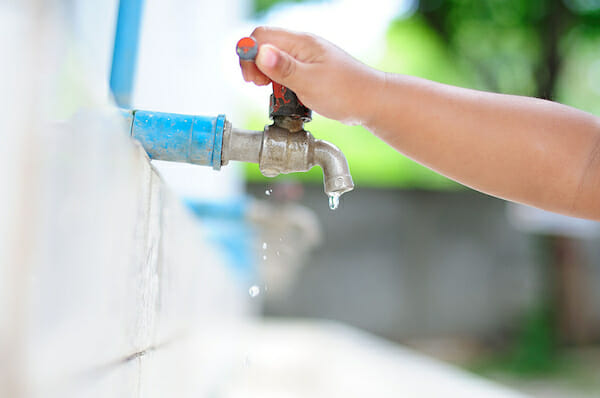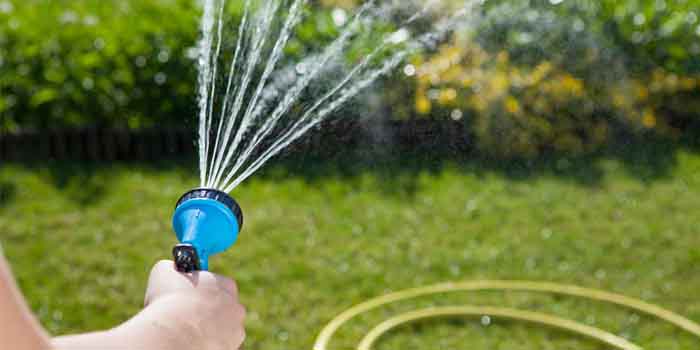
Sustainable Ways to Save Water: A Tech-Savvy Guide
Share
In today's rapidly advancing technological world, finding sustainable ways to save water is becoming increasingly crucial. For tech professionals and enthusiasts who are always on the lookout for innovative solutions, this article will delve into how technology can be harnessed to conserve our precious water resources effectively. From smart devices to data-driven approaches, the possibilities are as vast as they are fascinating.

Why Water Conservation Matters
Before we dive into the tech-savvy methods of water conservation, it's important to understand why water conservation is a pressing issue. With global water scarcity on the rise and climate change intensifying, the need to manage our water resources sustainably has never been more urgent. According to the Wikipedia, water conservation involves policies, strategies, and activities to manage fresh water as a sustainable resource, to protect the water environment, and to meet current and future human demand.
Smart Home Devices for Water Conservation
One of the most exciting developments in the realm of water conservation is the advent of smart home devices. These devices allow homeowners to monitor and control water usage remotely, ensuring that water is used judiciously.
Smart Irrigation Systems
Traditional irrigation systems can be wasteful, often watering plants regardless of real-time weather conditions. Smart irrigation systems, however, use weather data and soil moisture sensors to optimize watering schedules. This not only conserves water but also promotes healthier plant growth. For a deeper dive into digital solutions for water efficiency, check out this detailed guide.
Water-Saving Toilets
Another innovation is the water-saving toilet, which uses significantly less water per flush compared to traditional toilets. These toilets often come with dual-flush systems, allowing users to choose between a full or half flush. For more insights on maintaining such toilets, visit this resource.
Data-Driven Water Management
Data is the backbone of any technological innovation, and water conservation is no exception. By leveraging data analytics and IoT (Internet of Things) technology, tech professionals can implement effective water management strategies.
Real-Time Monitoring
IoT sensors can be installed in water systems to provide real-time data on water usage and detect leaks or inefficiencies. This data-driven approach allows for immediate corrective action, minimizing water loss. For more on reducing water loss in pipelines, you might find this article helpful.
Community Water Saving Programs
Beyond individual efforts, community-driven water-saving programs, powered by technology, can lead to substantial water conservation. Community members can use apps to report leaks, track water usage, and receive tips on saving water. Explore community initiatives further in this blog post.
The Role of Tech in Water-Smart Cities
As urban areas continue to expand, the concept of water-smart cities is gaining traction. These cities utilize technology to manage water resources efficiently and sustainably.
Smart Metering
Smart meters are essential components of water-smart cities. They provide accurate data on water consumption, allowing city officials to identify patterns and implement conservation measures. To understand the broader importance of water-smart cities, visit this insightful article.
Green Infrastructure
Green infrastructure, such as permeable pavements and rain gardens, helps in managing stormwater sustainably. These technologies reduce runoff, improve water quality, and recharge groundwater supplies.
Conclusion
For tech professionals and enthusiasts, the path to sustainable water conservation is paved with exciting technological innovations. By embracing smart devices, data-driven solutions, and community initiatives, we can all contribute to a more sustainable future. To further explore ways to conserve water at home, you might find this external resource invaluable.

FAQs
How can technology help in water conservation?
Technology aids water conservation through smart devices that monitor and control water use, data analytics for efficient water management, and community apps for collective action.
What are some examples of smart home devices for saving water?
Examples include smart irrigation systems, water-saving toilets, and IoT sensors that provide real-time water usage data.
Why is real-time monitoring important in water management?
Real-time monitoring is crucial as it allows for immediate detection of inefficiencies or leaks, enabling swift corrective actions and minimizing water wastage.
